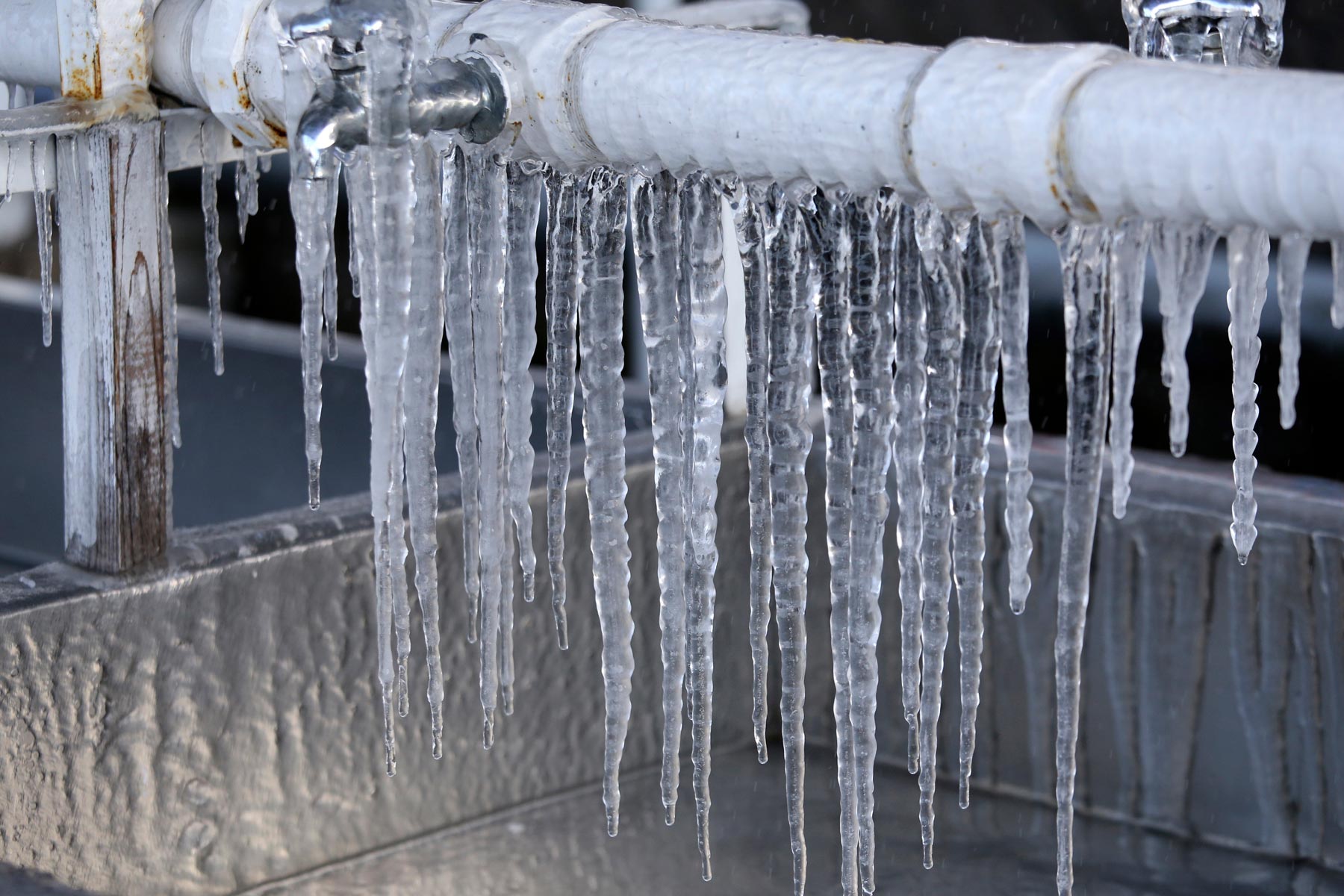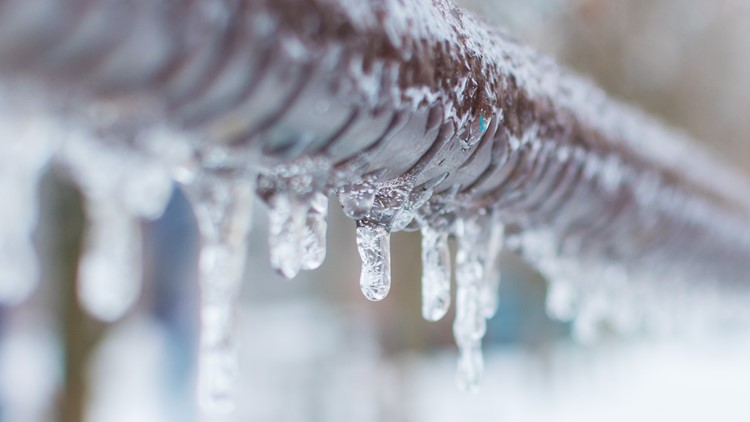Tips to Prevent Frozen Plumbing in Cold Weather: Pro Advice
Tips to Prevent Frozen Plumbing in Cold Weather: Pro Advice
Blog Article
Every person has their private thinking with regards to How To Avoid Freezing Pipes.

Winter can ruin your pipes, especially by freezing pipes. Below's exactly how to prevent it from occurring and what to do if it does.
Intro
As temperatures drop, the risk of icy pipelines boosts, potentially causing pricey repairs and water damage. Understanding how to avoid frozen pipes is important for homeowners in cold environments.
Recognizing Icy Pipes
What causes pipelines to ice up?
Pipes freeze when revealed to temperature levels below 32 ° F (0 ° C) for expanded periods. As water inside the pipes ices up, it broadens, putting pressure on the pipeline walls and possibly triggering them to burst.
Threats and problems
Frozen pipelines can result in water supply disturbances, residential property damage, and pricey repair work. Ruptured pipes can flooding homes and create extensive structural damage.
Indications of Frozen Water Lines
Determining icy pipelines early can avoid them from rupturing.
Exactly how to identify frozen pipes
Look for lowered water circulation from taps, uncommon odors or noises from pipes, and noticeable frost on revealed pipelines.
Prevention Tips
Shielding prone pipes
Wrap pipelines in insulation sleeves or utilize warm tape to shield them from freezing temperature levels. Focus on pipes in unheated or outside locations of the home.
Heating techniques
Keep indoor rooms sufficiently heated up, particularly areas with plumbing. Open up closet doors to permit cozy air to distribute around pipes under sinks.
Protecting Exterior Pipes
Garden tubes and outside faucets
Separate and drain garden hoses prior to winter season. Mount frost-proof spigots or cover outdoor faucets with insulated caps.
What to Do If Your Pipes Freeze
Immediate activities to take
If you presume frozen pipelines, keep taps open to soothe pressure as the ice thaws. Make use of a hairdryer or towels soaked in warm water to thaw pipelines slowly.
Long-Term Solutions
Architectural adjustments
Think about rerouting pipelines far from exterior walls or unheated locations. Include added insulation to attic rooms, cellars, and crawl spaces.
Upgrading insulation
Invest in premium insulation for pipes, attics, and walls. Proper insulation helps keep regular temperature levels and minimizes the danger of frozen pipelines.
Final thought
Stopping frozen pipes calls for aggressive procedures and quick responses. By recognizing the causes, signs, and preventive measures, property owners can secure their pipes during cold weather.
5 Ways to Prevent Frozen Pipes
Drain Outdoor Faucets and Disconnect Hoses
First, close the shut-off valve that controls the flow of water in the pipe to your outdoor faucet. Then, head outside to disconnect and drain your hose and open the outdoor faucet to allow the water to completely drain out of the line. Turn off the faucet when done. Finally, head back to the shut-off valve and drain the remaining water inside the pipe into a bucket or container. Additionally, if you have a home irrigation system, you should consider hiring an expert to clear the system of water each year.
Insulate Pipes
One of the best and most cost-effective methods for preventing frozen water pipes is to wrap your pipes with insulation. This is especially important for areas in your home that aren’t exposed to heat, such as an attic. We suggest using foam sleeves, which can typically be found at your local hardware store.
Keep Heat Running at 65
Your pipes are located inside your walls, and the temperature there is much colder than the rest of the house. To prevent your pipes from freezing, The Insurance Information Institute suggests that you keep your home heated to at least 65 degrees, even when traveling. You may want to invest in smart devices that can keep an eye on the temperature in your home while you’re away.
Leave Water Dripping
Moving water — even a small trickle — can prevent ice from forming inside your pipes. When freezing temps are imminent, start a drip of water from all faucets that serve exposed pipes. Leaving a few faucets running will also help relieve pressure inside the pipes and help prevent a rupture if the water inside freezes.
Open Cupboard Doors
Warm your kitchen and bathroom pipes by opening cupboards and vanities. You should also leave your interior doors ajar to help warm air circulate evenly throughout your home.

I was shown that write-up about Preventing and dealing with frozen pipes from someone on another domain. For those who liked our blog post if you please don't forget to share it. Thanks a lot for being here. Return soon.
Schedule Today! Report this page